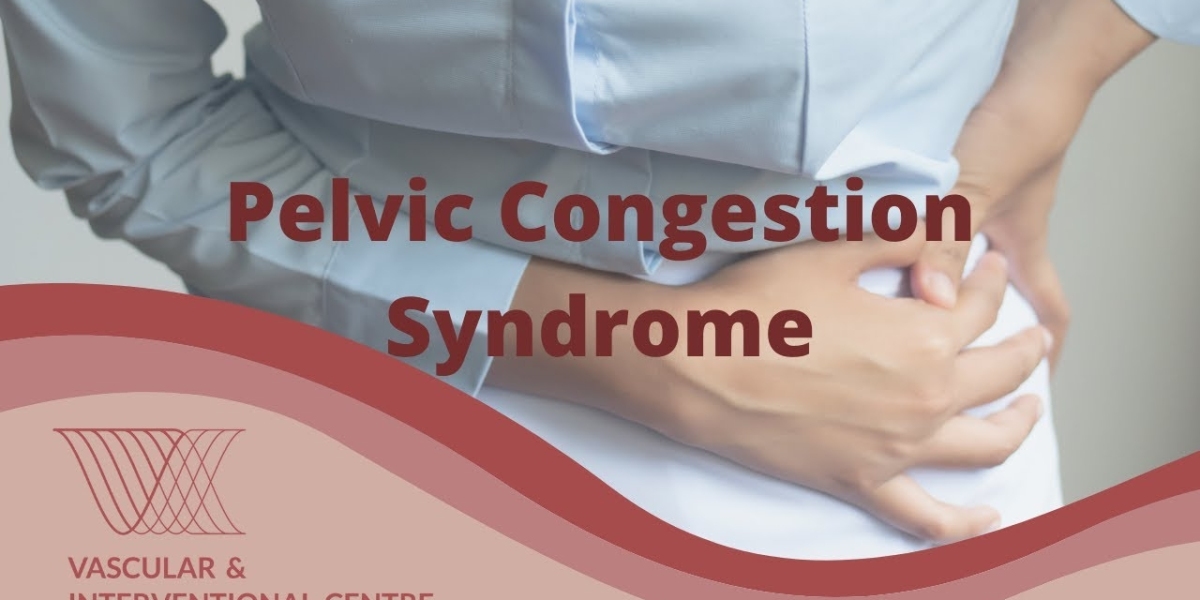Pelvic Congestion Syndrome (PCS) is a vascular condition that can cause chronic pelvic pain, discomfort, and heaviness in the lower abdomen. It develops when veins in the pelvic area become enlarged and fail to circulate blood efficiently. For women experiencing persistent pelvic pain without a clear cause, learning about Pelvic Congestion Syndrome in Albuquerque including how it’s diagnosed and treated—can be an important step toward finding effective and lasting relief.
Understanding Pelvic Congestion Syndrome
Pelvic Congestion Syndrome typically affects women of childbearing age, particularly those who have had multiple pregnancies. The increased blood flow during pregnancy can weaken vein walls and valves, leading to poor circulation in the pelvic region. Over time, this causes pressure and discomfort that may worsen when standing or after long periods of activity.
Because PCS symptoms often resemble other gynecological issues like endometriosis or uterine fibroids, it’s frequently overlooked or misdiagnosed. Recognizing the pattern of pain and understanding its vascular origin are key steps in receiving proper care.
Common Symptoms and Early Warning Signs
Symptoms of PCS can vary in intensity, but most women describe a dull, aching pain in the lower abdomen that lasts for six months or more. The discomfort may increase:
After standing for extended periods
During or after sexual intercourse
Before the onset of menstruation
At the end of the day
Other symptoms can include lower back pain, visible varicose veins on the thighs or buttocks, and swelling in the pelvic area. Because these symptoms can mimic other conditions, consulting a specialist in Albuquerque can help determine whether Pelvic Congestion Syndrome is the underlying cause.
How Pelvic Congestion Syndrome Is Diagnosed
Diagnosis begins with a detailed review of medical history and symptoms. Physicians often perform a physical examination to rule out other causes of pelvic pain.
Common diagnostic tools include:
Pelvic Ultrasound – A noninvasive way to visualize enlarged veins and assess blood flow.
MRI or CT Scan – Helps identify the extent of vein dilation and rule out other pelvic abnormalities.
Venography – Considered the most accurate diagnostic test, this imaging procedure uses contrast dye to reveal the affected veins in detail.
In Albuquerque, many vascular clinics and women’s health centers use advanced imaging technology to ensure accurate diagnosis. Early identification of PCS allows for more effective treatment and long-term symptom management.
Treatment Options for Pelvic Congestion Syndrome in Albuquerque
Treatment depends on symptom severity and patient preference. In many Albuquerque clinics, physicians focus on improving blood circulation and relieving vein pressure.
Non-surgical treatments may include:
Pain management through medication or anti-inflammatory therapy
Use of compression garments to improve blood flow
Lifestyle adjustments such as avoiding prolonged standing or heavy lifting
For more persistent cases, minimally invasive procedures like pelvic vein embolization are often recommended. During this procedure, a specialist inserts a small catheter into the affected vein and blocks it using tiny coils or medical-grade foam. This redirects blood flow to healthier veins, reducing pressure and pain.
Most patients experience significant improvement within weeks after embolization, with minimal recovery time and no need for open surgery.
Lifestyle and Pain Management Strategies
In addition to medical treatments, lifestyle changes can support recovery and reduce discomfort. These include:
Engaging in light exercise such as walking or swimming to improve circulation
Elevating legs when resting to reduce pressure on pelvic veins
Maintaining a healthy weight to decrease strain on the lower body
Practicing stress management techniques like yoga or meditation
These small adjustments, when combined with professional treatment, can make a noticeable difference in managing PCS symptoms long-term.
When to See a Specialist in Albuquerque
If pelvic pain persists for more than a few months and no clear cause has been found, it’s important to consult a vascular or interventional radiology specialist in Albuquerque. Clinics that focus on women’s vascular health can provide both advanced diagnostics and minimally invasive care.
Early evaluation helps rule out other potential causes and ensures you receive the right treatment plan for lasting relief.
Conclusion
Pelvic Congestion Syndrome can significantly impact daily comfort and quality of life, but effective diagnosis and treatment options are available in Albuquerque. Through proper imaging, minimally invasive procedures, and supportive lifestyle changes, many women find long-term relief from chronic pelvic pain.
If you suspect PCS or have symptoms that match this condition, consider visiting a local specialist for evaluation and care. Taking early action can help restore comfort and improve overall well-being.









